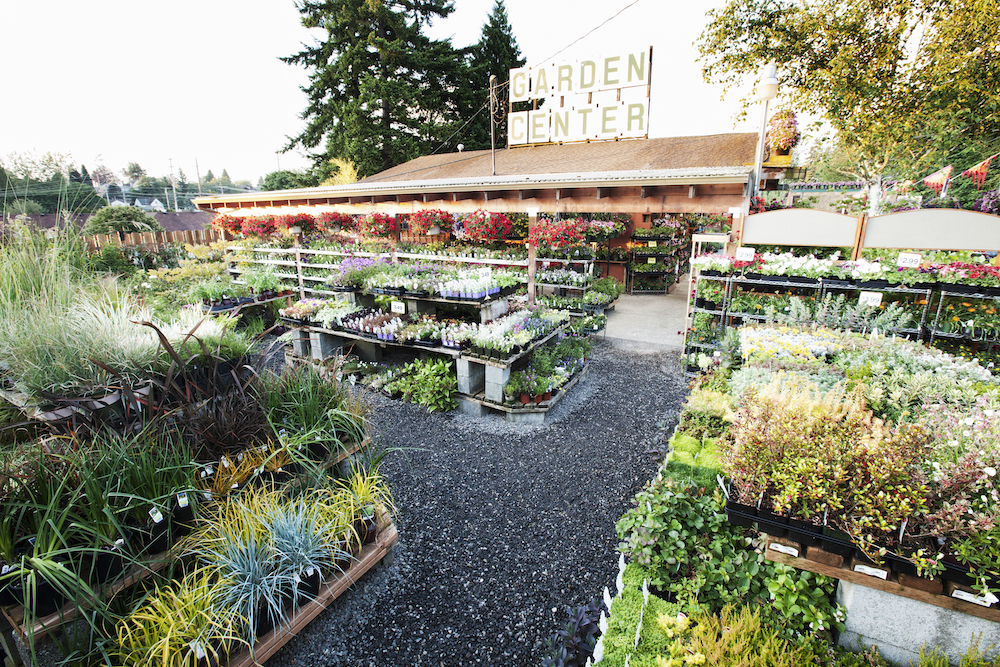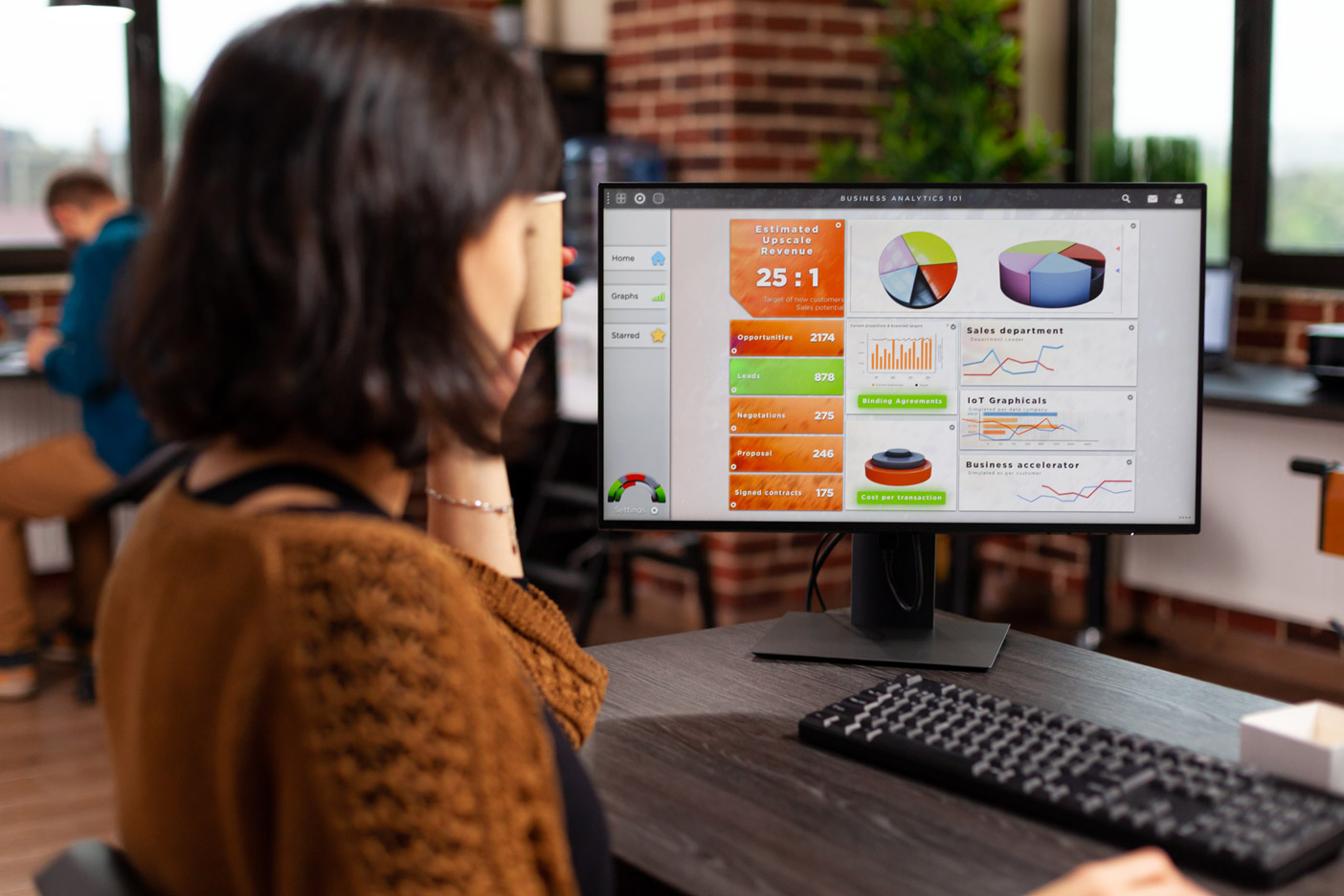When planting a garden or remodelling the landscape in your backyard, it is essential to make thoughtful decisions about what you want to plant. Each type of plant will impact the environment differently, so it is vital to pick the ones that best suit your garden’s needs.
What is a native plant?
A native plant is a plant species that is naturally grown in that specific location. Different climates and weather patterns make growing conditions different, and each type of plant strives in specific conditions. There are so many ways to find out what plant species are native to your area. Going to a local plant nursery or looking at the CanPlant directory are easy ways to learn more about native plants.
Why are native plants beneficial to the environment?
There are so many reasons why your ecosystem will thank you for choosing to plant a native species over a nonnative species. Native species are much more resilient to local climate and ecosystem conditions. They have evolved over time to strive in that type of environment, and they will be able to recover much faster from any disruption or disturbance. By being more resilient, they will also be much more likely to live longer. They also require much less maintenance too which, will free up more of your time.
Native plants help the environment by requiring less water than nonnative plants. A nonnative plant requires a lot of attention and extra resources to survive. In contrast, a native plant already has everything they need and has evolved to be as efficient and functional as possible in that location.
Native plants help create more natural habitats for local wildlife. Pollinating flowers, trees, and shrubs all act as natural habitats and shelters to the wildlife and help protect them from predators, extreme weather, and other threats or damage.
Native plants are beautiful. What is even more beautiful is knowing that these plants help the ecosystem become more connected, resilient, and functional. Wherever you are located worldwide, there are always colourful, big, small, or leafy plants that can perfectly suit your lifestyle and landscaping needs while helping the environment.
Are nonnatives really that bad?
Nonnative plants are not all bad and can even be an excellent addition to your gardens that benefits the local ecosystem. However, some nonnative plants can pose threats to the ecosystem and the other plant species around them. A nonnative species that causes harm to an environment is called a nonnative invasive species.
Some nonnative invasive species can be poisonous to local wildlife. They can also reduce natural habitats that wildlife can use as shelter to protect from external threats.
Nonnative invasive plants also have no local predators. It means that their plant population may grow out of control and may even overtake a native species completely. They compete for the same food sources and destroy anything that comes in its way. It can be detrimental to everything in the ecosystem, including humans. Good human health relies on a healthy surrounding environment, and when that is compromised, we can feel it too.
So, when thinking about your new garden or even if you’re replacing a plant or two, take a look at the wonderful native plant options available in your area. Your garden will thank you, returning the favour by flourishing and providing you with a beautiful environment for you to enjoy for years to come.










